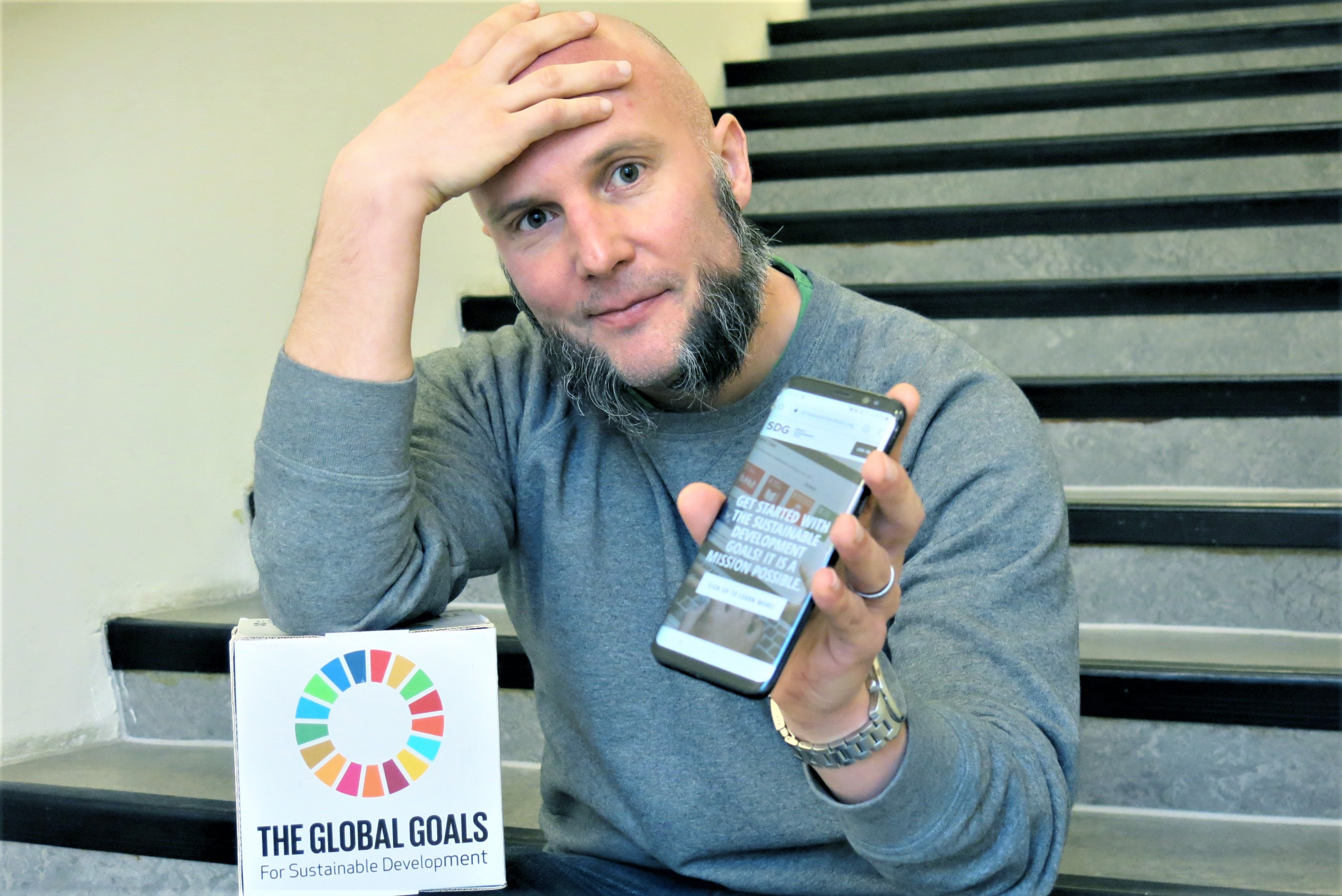- Home
- News and events
- Find news
- The tool to show impact on the Global Goals goes global
The tool to show impact on the Global Goals goes global
The tool to describe the impact on the Global Goals has now more than 1000 users. After almost a year online, the use of the tool has become widely spread, both geographically and organization-wise. Many lessons have been learned and now a guide is planned to support the variety of users.
It has been almost a year since the web version of the tool was launched. The SDG Impact Assessment Tool has since spread like a seed in the wind. It has reached far beyond Sweden’s borders and has spread to far more types of operations than expected. For example, users are found among venture capital companies, innovation offices, universities, small companies, sustainability consultants, and municipal companies.
Common to all users is an interest to identify and describe relevant sustainability perspectives based on Agenda 2030. The tool offers a structured approach with the objective of assessing the impact on the Global Goals as part of a change process.
 Anders Ahlbäck is employed by the Gothenburg Center for Sustainable Development and works for SDSN Northern Europe as the project manager for the tool. He has developed the methodology and made sure that the tool is now freely available online. When the launch was due, he wanted to hurry slowly.
Anders Ahlbäck is employed by the Gothenburg Center for Sustainable Development and works for SDSN Northern Europe as the project manager for the tool. He has developed the methodology and made sure that the tool is now freely available online. When the launch was due, he wanted to hurry slowly.
– You could say that we chose to do a cautious launch, so we are a bit surprised, but also proud, that the tool has spread so widely. Sustainable development is complex and we have great respect for the fact that different types of businesses have different conditions to work towards the Global Goals. Our tool is easy to handle but the self-evaluation is challenging to get through. Therefore, we want to listen to how the users experience it.
During the past year, Anders has been trying to capture users’ questions, views and ideas. He says it has been very educational. Especially one need has been identified.
– Many people want us to come to them to hold a workshop on the tool and that’s not really the idea. We certainly want to help as far as we can, but the tool needs to be able to stand on its own legs. We don’t have the resources to offer workshops to everyone. Therefore, we must rethink the concept a bit.
In order to make it easier for users to access the tool to a greater extent, Anders will next year lead the work on developing the instructions available on the website into a more detailed user guide.
– In such a guide, we want to explain a bit more about the concept and particularly highlight examples of how different organisations/users can think when they do a self-evaluation against the Global Goals.
The tool has spread internationally with the help of the SDSN Northern Europe network. Firstly, it has been presented to members in the Nordic countries, and secondly to the global SDSN network at conferences, meetings, and other communication activities. It has made an impact. Today, there are users in, for example, Finland, England, Spain and the United States.
Would you like to test the tool? You’ll find it here.
Examples of events related to the tool during 2019:
- Presentation at the International Conference on Sustainable Development.
- Presentation at the Global Solutions Forum.
- Incorporated in the process of finding sustainable solutions at the Solution Initiative Forum – Air.
- Workshop for the network GAME and Agenda 2030 West.
- Workshop for the network CSR West
- Presentation and workshop for MLUH, the Network for Environmental Management in Universities and Colleges
- Presentation at the annual conference of the Maritime cluster in Western Sweden.
- The Chalmers University of Technology has included the implementation of the tool in its business development plan for 2020-2022. Chalmers also uses the tool for the implementation of its climate strategy by evaluating measures against all the 17 sustainability goals.
- The tool has been used by project participants in the Vinnova funded project AGERA, which aims to strengthen the universities’ collaboration capacity with Agenda 2030 as a framework.
- The tool has been used in the research program Mistra Carbon Exit with the aim to broaden the perspectives beyond the climate issue.
- The tool has been tested as an educational element in a course at Chalmers and a course at the University of Gothenburg
SDG Impact Assessment Tool is owned by the Gothenburg Center for Sustainable Development, at Chalmers University of Technology and Gothenburg University, and has been developed in collaboration with SDSN Northern Europe and Mistra Carbon Exit with financial support from Region Västra Götaland through the Maritime cluster in Western Sweden.